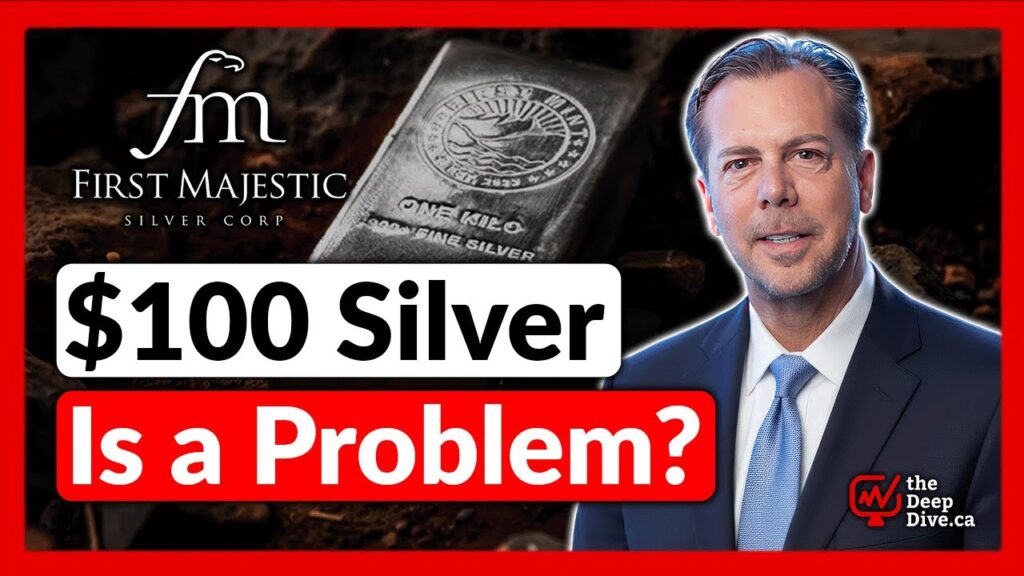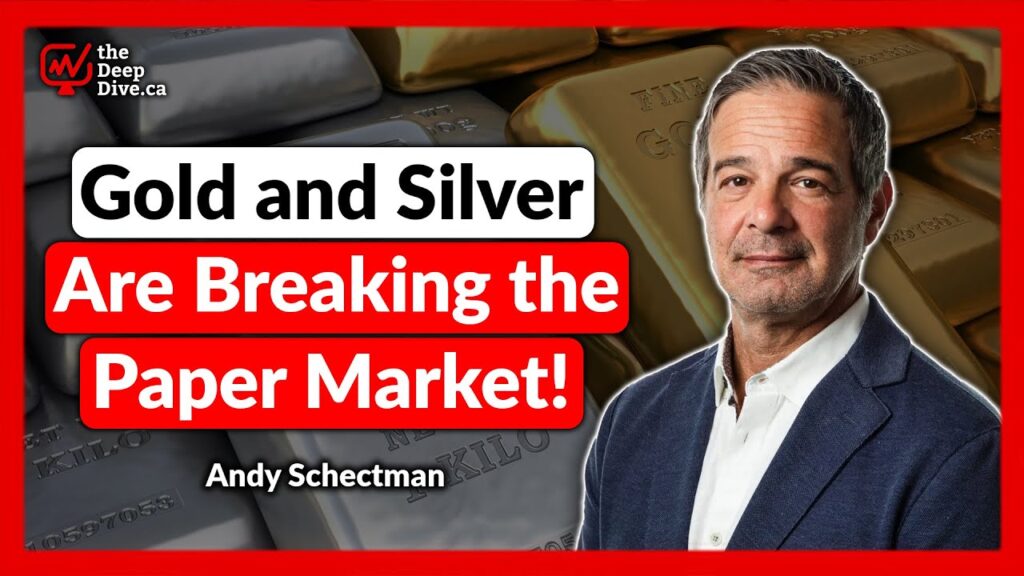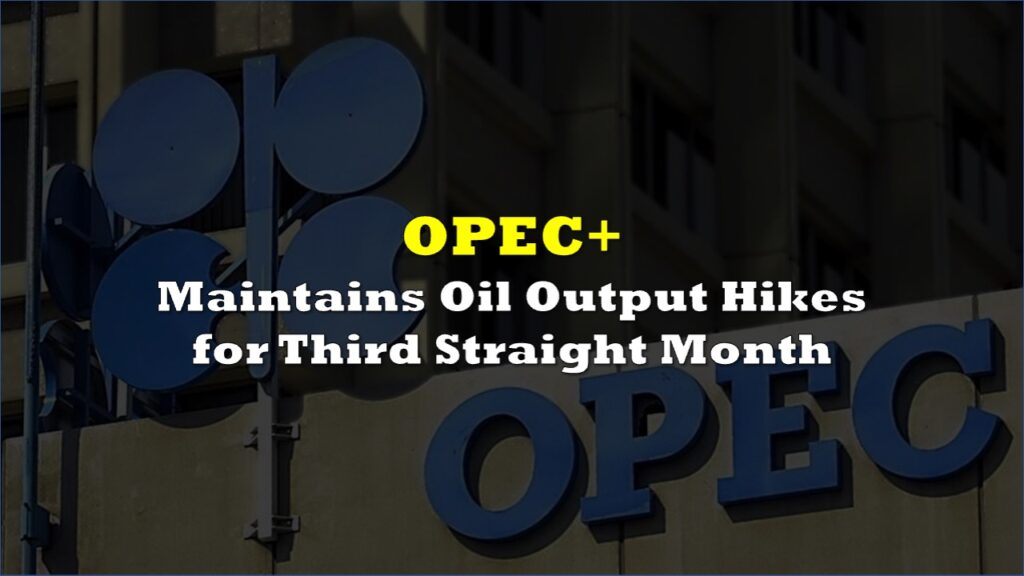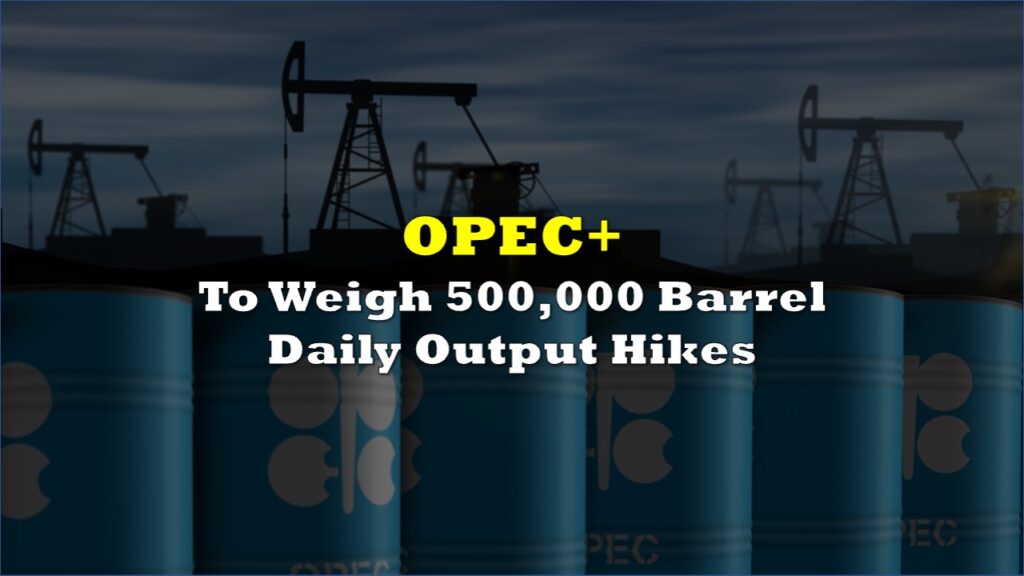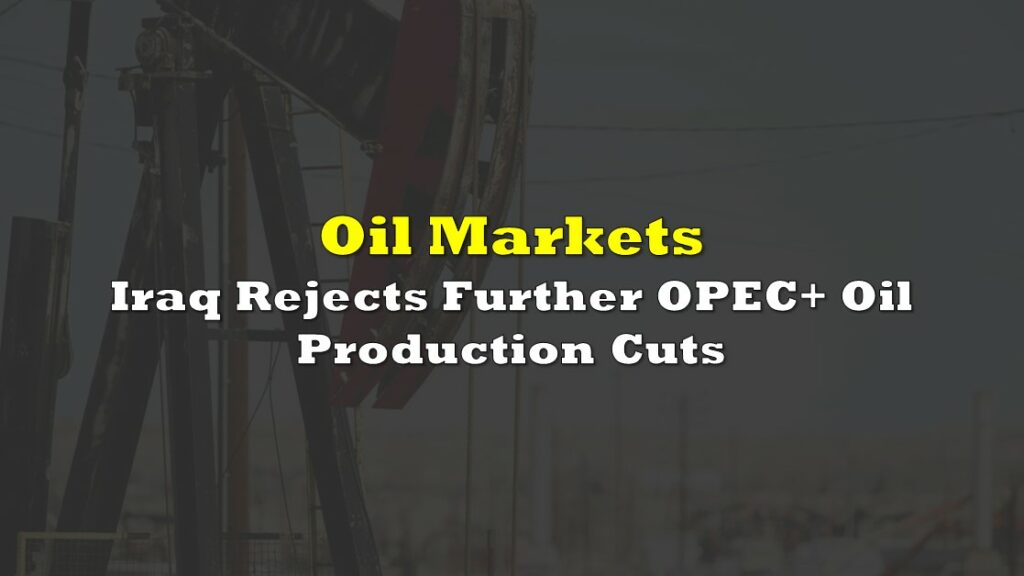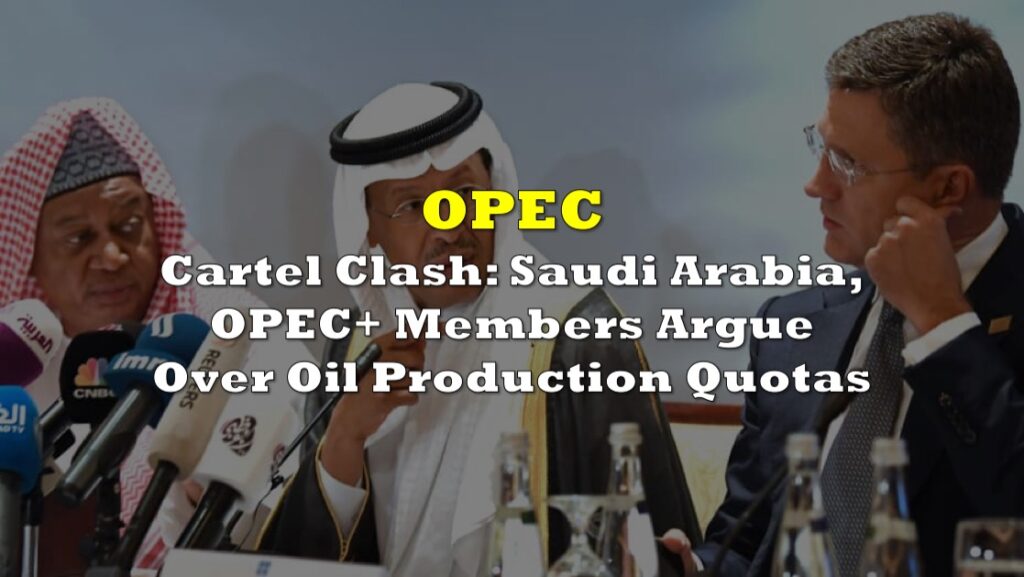OPEC+ countries unexpectedly voted on April 3 to speed up their oil production plan, boosting output by 411,000 barrels per day (bpd) in May, a big change from their initial 135,000 bpd increase proposal.
The group cited “continuing healthy market fundamentals and the positive market outlook” as reasons for the accelerated production increase. However, the organization noted that these gradual increases might be paused or reversed depending on market conditions.
BREAKING: The OPEC+ flood begins!
— Javier Blas (@JavierBlas) April 3, 2025
The group is accelerating its oil production hikes, bringing forward to May 1 three-months worth of its previously planned monthly output hikes. In a statement, it said the May increase will be now equal to 411k b/d (rather than 138k b/d) #OOTT pic.twitter.com/hQW2H3KWLP
Following the announcement, oil prices dropped sharply, with Brent crude falling to below $65 per barrel. The price decline was further exacerbated by concerns over US President Donald Trump’s announcement of tariffs on trading partners.
The May output hike is part of a broader plan by OPEC+ members including Algeria, Iraq, Kazakhstan, Kuwait, Oman, Russia, Saudi Arabia, and the United Arab Emirates to unwind their recent production cut of 2.2 million bpd. The alliance continues to maintain 3.65 million bpd of other output cuts until the end of 2026, representing about 5.7% of global supply.
Analysts suggest the decision partly reflects OPEC+ leaders’ desire to improve compliance with production quotas. “OPEC+ focus is on compliance and this decision forces the laggards to step up compliance,” said Amrita Sen, co-founder of Energy Aspects.
Kazakhstan’s record output exceeding its OPEC+ targets has created tensions within the group, prompting calls for further cuts to compensate for excess production. Saudi Arabia, a top producer, now urges Kazakhstan to adhere to agreed targets.
Production in Kazakhstan may decline this month after Russia ordered the shutdown of some export capacity on the CPC pipeline, which is crucial for oil exports from Kazakhstan involving companies like Chevron and ExxonMobil.
The eight OPEC+ countries will meet again on May 5, 2025, to discuss output levels for June, according to the organization’s statement.
Information for this story was found via Reuters, and the sources and companies mentioned. The author has no securities or affiliations related to the organizations discussed. Not a recommendation to buy or sell. Always do additional research and consult a professional before purchasing a security. The author holds no licenses.


